During his recent visit to Australia, the US Director of National Drug Control Policy Gil Kerlikowske held a series of high-level meetings with government, researchers and advocates, including Drug Free Australia. Director Kerlikowske is the chief adviser on Drug Policy in the Obama Administration.
In addressing a gathering of political and community leaders in the NSW Parliament, Director Kerlikowske outlined the following key elements of current initiatives in the US to help prevent and reduce drug use:
1) moving away from outdated (and misleading) terminology such as the ‘War on Drugs’:
2) countering legalisation lobby activities, including so called ‘medical’ marijuana
3) high priority given to prevention initiatives such as:
- the National Prevention Strategy, which aims to prevent harms in a diverse range of areas including domestic violence and alcohol and other drugs.
- drug-free communities: a $370 billion program which funds 700 small community organisations to educate young people about the effects of drugs.
- $31 billion in funding for drug education and treatment programs.
- new drug-driving initiatives; he complimented Australian effort in being world leader in this initiative
- more emphasis on children’s rights to be protected from the wide range of drug harms and exposure. This included support for the World Federation Against Drugs (WFAD) and their efforts to promote the UN Convention on the Rights of the Child
4) moving towards a model combining health and law enforcement to prevent and reduce drug use. He gave the following examples:
- the establishment of 2600 drug courts, which has encouraging data about reduced recidivism;
- the HOPE project which works with former prisoners who fail the drug-testing conditions of their parole;
- the May 2012 signing of the 5 nation Joint Statement (in Stockholm) in support of humane and balanced illicit drug policy http://www.wfad.se/images/articles/Final_statement_WFAD.pdf
DFA Members raised the following issues related to illicit drugs and drug policy in Australia:
1) The need for and benefits of, mandatory rehabilitation
2) Continued efforts to publicise the dangers of cannabis use, including becoming dependent and mental health and social problems, which are now indisputable
3) The value of effective, specialised drug education for all sectors of the community
4) The demonstrable success of the Howard government’s ‘Tough on Drugs’ strategy and the need to return to this more restrictive policy platform
5) DFA conclusions from data in government-funded evaluations of the Sydney Medically Supervised Injecting Centre and commentary similar research on Vancouver’s Insight injecting facility, showing minimal, if any beneficial effect in terms of drug related morbidity or mortaility, or reduction in drug use or increase in numbers entering treatment in the vicinity of these two facilities;
6) needle ‘exchanges’ that are no longer ‘exchanges’ and the flawed research related to their so-called success in reducing HIV and Hep C. (This was acknowledged by the Kerlikowske team).
7) The use of naltrexone implants as a successful recovery-based model for addictions to alcohol and opioids, including heroin and prescription morphine
8) The lack of reporting or acknowledgement of the evidence base that support use of naltrexone for alcoholism and opioid dependence
9) The spread of Harm Reduction philosophy and measures, including needle distribution in the Asia Pacific and the promotion of the use of needles among many who do not currently use needles and the prohibitive cost of using agonist treatment in poor countries
10) DFA’s Position Statement on Illicit Drug Legalisation/Decriminalisation and Regulation
Parliamentary members raised a number of questions including:
- ‘Medical’ Marijuana and the difficulties/anomalies between US Federal and State laws. Director Kerlikowske indicated that there is a continuous flow of Federal information other legal drugs on the market that are more effective in helping people with relief of pain and nausea than the so-called ‘medical marijuana’. The challenge is to reach people within communities which are being targeted by expensive pro drug lobby campaigns
- The reality of being able to effectively push back against the global illicit drug ‘business model’; Director Kerlikowke’s response was that there are numerous examples of the success of current push-back efforts, including a 40% reduction in cocaine use in the United States; Globally we have kept use down in overall illicit drug use (now 5% down from 6.1% 2011).
- In particular, he emphasized that current legalisation moves are NOT the answer and will only lead to an increase in use (example of increasing misuse of prescription drug, alcohol and tobacco was given).
- DFA members commented that increased supply reduction measures have shown reductions in use of illicit drugs and harm as result of less availability and higher prices in Australia
- The Human Rights argument that supports the right to use illicit drugs without constraint in Australian and forms the rationale for Harm Minimisation in Australia is not an argument that has much currency in the USA or elsewhere.

